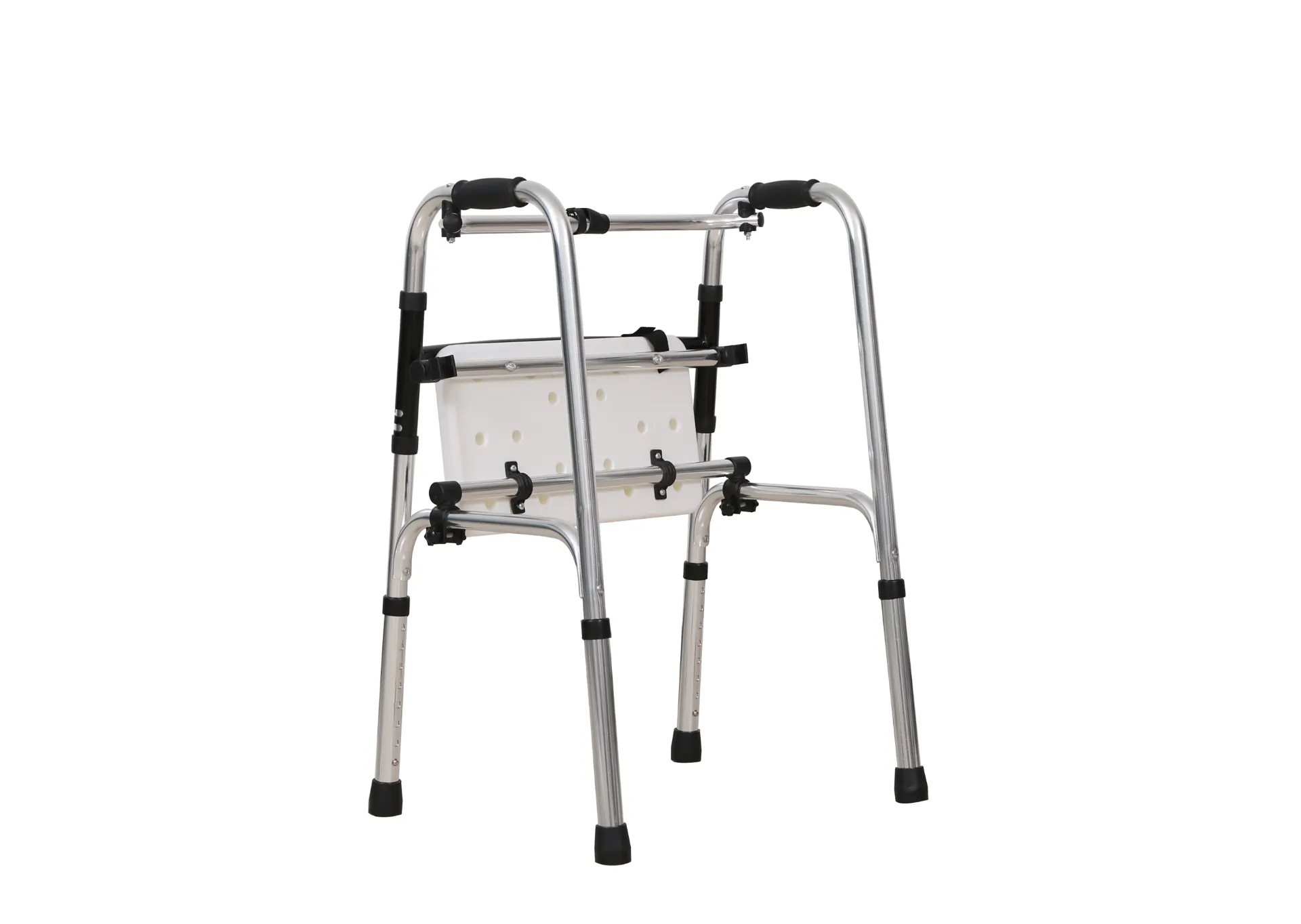Welcome to our websites!
smart drive wheelchair
The Evolution of Smart Drive Wheelchairs Enhancing Mobility and Independence
In the rapidly evolving landscape of assistive technology, smart drive wheelchairs have emerged as a pivotal innovation, significantly transforming the lives of individuals with mobility challenges. These advanced devices not only offer conventional functions of traditional wheelchairs but also incorporate intelligent features that enhance independence, comfort, and accessibility. This article explores the evolution, technology, and future potential of smart drive wheelchairs.
The Foundation of Smart Drive Technology
The concept of smart drive wheelchairs stems from the need to empower individuals with physical disabilities and enhance their quality of life. Traditionally, manual wheelchairs required substantial upper body strength and effort to operate, while powered wheelchairs often presented complex controls that could be intimidating for new users. Smart drive wheelchairs bridge these gaps by providing intuitive and user-friendly interfaces.
At the core of smart drive wheelchairs is advanced technology that includes sensors, actuators, and software that interpret the user’s commands. The incorporation of Artificial Intelligence (AI) and the Internet of Things (IoT) has transformed these devices into intelligent systems capable of learning the preferences and habits of their users. This adaptability ensures a more personalized experience, catering to individual mobility requirements.
Key Features of Smart Drive Wheelchairs
1. User-Friendly Controls Modern smart drive wheelchairs often leverage joystick and touchless control systems, enabling users to operate them with minimal physical effort. Some models utilize head movements, voice commands, or even eye-tracking technology, making it accessible to those with limited mobility.
2. Enhanced Navigation Smart drive wheelchairs are equipped with advanced navigation systems that utilize GPS and obstacle detection sensors. These features allow for safe navigation in various environments, whether indoor or outdoor, by avoiding obstacles and identifying the best paths, thereby reducing the risk of accidents.
3. Health Monitoring An innovative attribute of smart drive wheelchairs is the integration of health monitoring systems. These systems can track vital signs and physical activity levels, alerting caregivers or healthcare providers when issues arise. Such features facilitate proactive health management, which is crucial for individuals with chronic conditions.
4. Connectivity and Customization The ability to connect to smartphones and tablets via Bluetooth or Wi-Fi is another hallmark of smart drive wheelchairs. Through dedicated applications, users can customize settings, monitor battery life, and receive updates on health data or wheelchair diagnostics. This connectivity fosters a seamless experience that aligns with the user's lifestyle.
smart drive wheelchair

5. Remote Control and Assistance Some smart drive models even incorporate remote control capabilities, allowing caregivers or family members to assist users from a distance when needed. This feature enhances the safety and confidence of the users, knowing that assistance is always within reach.
The Impact on Users and Society
The introduction of smart drive wheelchairs has profoundly impacted the empowerment and autonomy of users. With enhanced mobility and control, individuals can engage more fully with their communities, pursue education, or transition into the workforce. This increased independence reduces the stigma surrounding disabilities and fosters inclusivity within society.
Moreover, smart drive wheelchairs alleviate some of the physical and emotional burdens placed on caregivers. By ensuring that users can maneuver independently, caregivers can experience reduced stress levels while maintaining their involvement in the user’s journey.
Looking Ahead The Future of Smart Drive Wheelchairs
As technology continues to advance, the future of smart drive wheelchairs is promising. Research is ongoing to enhance efficiency and functionality, with developments in battery life and weight reduction being a priority. Additionally, the potential integration of augmented reality (AR) could provide users with navigational aids and environmental information, creating an even clearer interface between them and their surroundings.
Moreover, as smart homes become more prevalent, the compatibility of smart drive wheelchairs with home automation systems can further enhance mobility and independence. The use of voice activated systems could allow users to control their environment seamlessly, from lighting to door controls, all while remaining in their wheelchairs.
Conclusion
Smart drive wheelchairs are undeniably a significant step forward in assistive technology. By merging innovation with purpose, these devices enhance users’ mobility and independence, fostering a more inclusive society. As technology progresses, we can expect even greater advancements that will continue to enrich the lives of individuals with disabilities, making the dream of complete autonomy a reality for many. The evolution of smart drive wheelchairs is not just a tale of technological advancement; it is about celebrating human resilience and the relentless pursuit of independence.
-
Transforming Healthcare with Hospital FurnitureNewsJun.24,2025
-
Rehabilitation EquipmentNewsJun.24,2025
-
Mobility and Independence with WheelchairsNewsJun.24,2025
-
Freedom of Mobility with Our Rollator WalkersNewsJun.24,2025
-
Comfort and Independence with Commode ChairsNewsJun.24,2025
-
Bathing Safety and Independence with Shower ChairsNewsJun.24,2025
-
Navigating the Wholesale Landscape of Electric Mobility Solutions: Key Considerations for Power Wheelchair DealersNewsJun.10,2025











